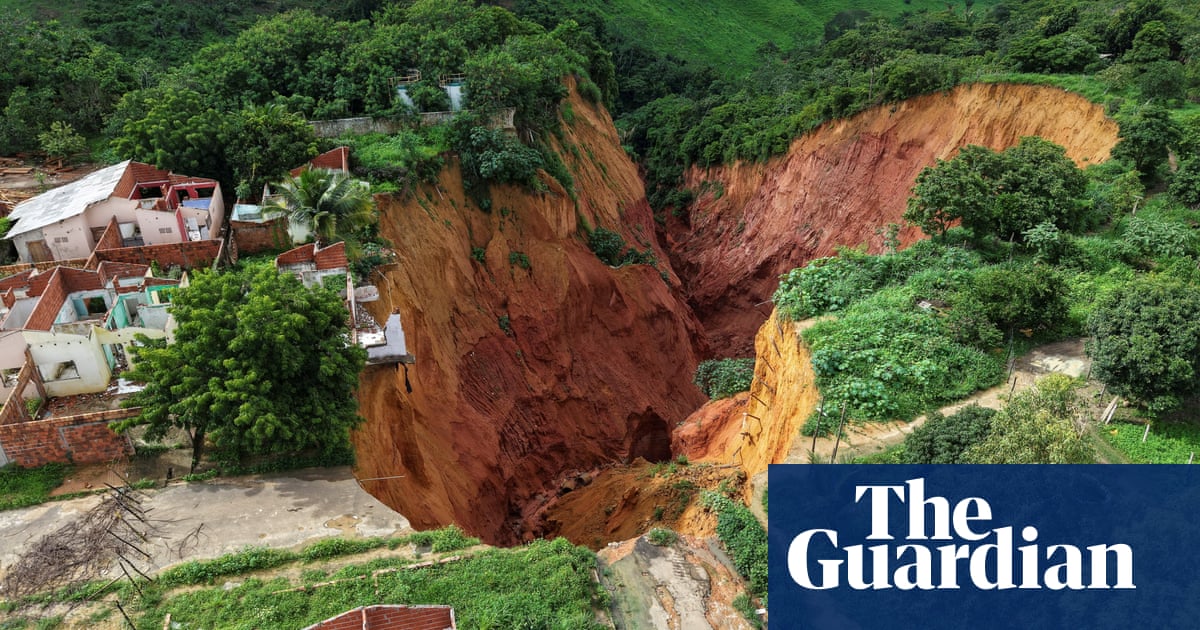On February 8, 2025, a 7.6-magnitude earthquake struck the Caribbean Sea, north of Honduras. The epicenter was located at a depth of 10 km, a shallow depth that amplifies the shaking felt on the surface.
The United States Geological Survey (USGS) and the German Research Centre for Geosciences (GFZ) quickly confirmed the earthquake’s intensity. Initially measured at 6.89, the magnitude was later revised to 7.5 by the GFZ and 7.6 by the USGS.
Tsunami Alert Issued and Then Lifted
Due to the earthquake’s magnitude, the U.S. Tsunami Warning System issued an alert for several territories in the region, including Cuba, Honduras, the Cayman Islands, Puerto Rico, and the Virgin Islands.
Waves of up to 1 meter were expected along the coasts of Honduras and the Cayman Islands, with Cuba facing a potential 3-meter surge. These forecasts prompted precautionary measures in several coastal regions.
After several hours of monitoring and tide gauge analysis, the tsunami warning was lifted, confirming that the risk of major flooding had been ruled out.

A Stark Reminder of the Region’s Vulnerability
This earthquake is the strongest recorded in the Caribbean since 2021, when a 7.2-magnitude tremor struck Haiti, resulting in over 2,000 fatalities.
The Caribbean is a highly active seismic zone due to the tectonic interactions between the Caribbean Plate and the North and South American Plates. This instability frequently triggers underwater earthquakes, often followed by tsunamis.
Risk of Aftershocks and Future Seismic Activity
Risk of aftershocks and future seismic activity
According to Temblor.net, stress transfer models indicate that the adjacent sections of the Swan Islands Fault are now at an increased risk of failure. This suggests a high probability of aftershocks in the coming days, weeks, or even decades.
Additionally, the rift connecting the Swan Islands Fault to the Oriente Fault—another major fault running parallel to the north—may also be at risk of smaller earthquakes.
While the remote location of this earthquake limited damage and casualties, it serves as a stark reminder of the seismic risks facing the Caribbean region. Scientists continue to monitor tectonic activity, urging residents to remain vigilant in case of further seismic events.
This article was published in BBC. Note: The article has been edited for length and content. For further information, please contact the cited source.
Got a reaction? Share your thoughts in the comments
Enjoyed this article? Subscribe to our free newsletter for engaging stories, exclusive content, and the latest news.
Article by:Source:














